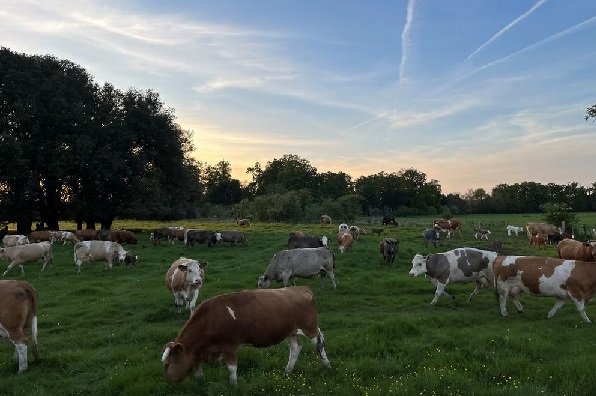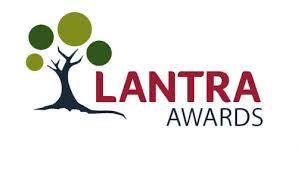Professional Tree Survey and Inspection

The three-day course aims to provide specific tree inspection training at an advanced level for competent arboriculturists to enable them to identify defects from ground level, from a climbed inspection or inspection aided by the use of a Mobile Elevated Working Platform (MEWP)*. The course provides training in how to specify the necessary remedial works and record the inspection process. This would then form a part of a defensible system. At the end of the course candidates will undertake a competence based assessment directly related to tree inspection. The course is not aimed at covering report writing; however, presentation of findings will be examined and advice given.

Course Pre Requisite: Prospective trainees should be experienced and qualified arboriculturists with an in-depth knowledge of plant and arboricultural science, including a thorough knowledge of wood decaying fungi, identification and interpretation of signs and symptoms of ill health and structural failure across a wide range of tree species and circumstances. They should be thoroughly experienced in carrying out tree inspection and survey
Certificating Body: Lantra
Course Length: 3 day
Course Times: 9.30am to 4.30pm or to suite client.
Instructor: Simon Scotting
Cost: £475 + VAT. Including Lantra certificate
Venue: Marsh Hill Centre, Marsh, Aylesbury. HP17 8ST or to suit client.
Maximum Trainees: 12 if venue allows.
Course Objectives:
- Recognise the role of the tree inspector in risk management.
- Identify the legal framework in the context of statute and common law that affect tree inspection and the duties and liabilities of the owner, manager and inspector.
- Summarise how a tree system functions, what constitutes a safe tree and know that energy is required to keep the tree in a healthy/safe state.
- Adopt a systematic and consistent methodology for carrying out visual tree inspection at an advanced level with the aid of binoculars, mallet and probe.
- Collect data out in the field in accordance with the inspection instructions (having determined the scope and limitations) using a suitable format. (For this course a written survey template with appropriate headings will be used).
- Recognise a range of observable mechanical and biological defects as seen in trees and confirm by the use of textbooks where necessary.
- Identify a range of commonly seen pests, diseases and disorders that affect tree safety, confirm their identity by the use of textbooks, where necessary, and state the arboricultural significance of finding them in the field.
- State the appropriate control/remedial measures required to eliminate or reduce risks identified in the inspection process to an acceptable level. Determine when an aerial inspection is required, also if pro-active management recommendations can be made which may eliminate future defects from forming.
- Prioritise the necessary tree/management works with time scales based on a broad category of risk assessment.
- Identify when it is appropriate to recommend the use of decay detecting or measuring equipment, based on a basic knowledge of the working principles of commonly available equipment.
- Understand that a balance between the remedial measure opted for and the range of benefits/values that a tree may have requires special attention e.g. amenity, wildlife, historical, veteran, rarity and public access.The above objectives will be assessed during the course, either by written test, practical demonstration or oral questioning. Successful completion of the assessment will result in the award of a certificate of training.
To book your place on a course, or for more information, simply contact us.
Back to Landbased Courses
Other courses in this series include:
- Chainsaw - Climbing and Aerial Tree Rescue
- Chainsaw - Felling Small Trees
- Chainsaw - Felling Medium Trees
- Chainsaw - Felling Large Trees
- Chainsaw - Maintenance and Operation
- Chainsaw - Mobile Elevated Work Platforms
- Chainsaw - Use from Rope and Harness
- Chainsaw - Sectional Felling CS41
- Chainsaw - Refresher Course
Back to Landbased Courses


